Most people associate Baja California in Mexico with the excesses of celebrity-ridden Cabo San Lucas, so the adventurous side of us was more than surprised to find plenty of history, outdoor sports and exploration in the Loreto area of Baja California. Oceanographer Jacques Cousteau called the Bay of California in Loreto, “the world’s aquarium,” and chose to spend about half the year in this area of the world. Here’s our roundup of what to check out in this beautiful region, with its raw natural environment.
Part one of our series looks at the first Spanish Missions in North America:
The names San Diego, Santa Barbara, San Juan, San Francisco, San Jose, today are better known as urban centers in California, but their origins as Catholic missions are semantically built into their names. These missions were all established within one day’s horseback ride from each other. Those located in modern-day California in the United States were established by the Franciscan order, but the first Catholic missions were located in Mexico, founded by the Jesuits.
In Loreto, the Mission of Our Lady Loreto was founded in 1697 and considered the “mother” of all Jesuit missions in Baja California. The relics that still remain in this mission include a main Baroque altarpiece, an original sculpture of Our Lady of Loreto, oil paintings and liturgical objects.
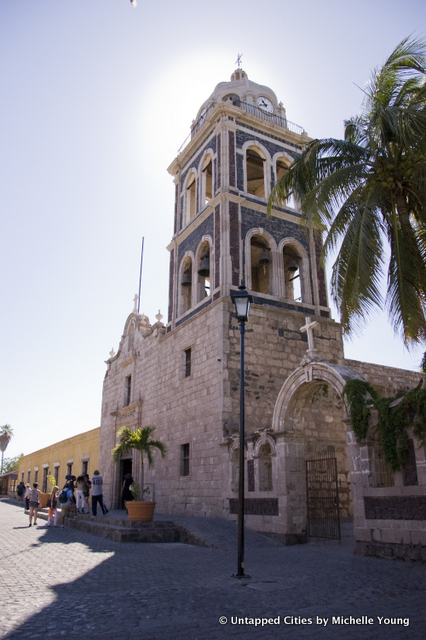 Our Lady of Loreto, Jesuit Catholic Mission in Loreto, Baja California, Mexico
Our Lady of Loreto, Jesuit Catholic Mission in Loreto, Baja California, Mexico
The San Javier Mission, built in 1699, is the second of 17 total missions in Baja California. At its peak, there were 20,000 people living around this mission, but with the Spaniards also came disease, and within a few years only 7,000 were left.
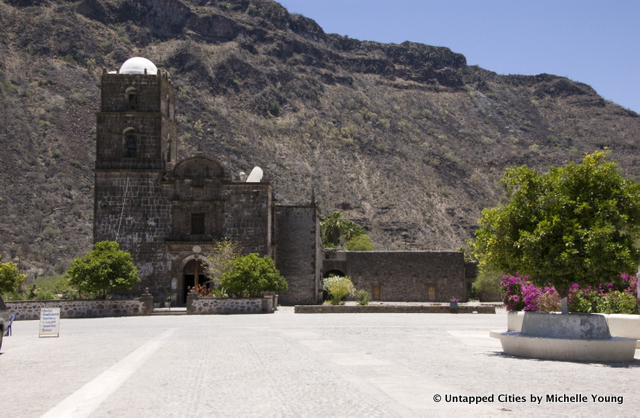
This mission is well-preserved, now at then end of a road in a quiet, sleepy village. The mission was carefully situated so that the Jesuits could see the Indians attacking from the mountains. It was one of the first missions to have windows, and some books report that the rocks were carried from quarries in the middle of the country (a fact our guide from Wild Loreto thought was doubtful).
The wooden doors of the mission are original:
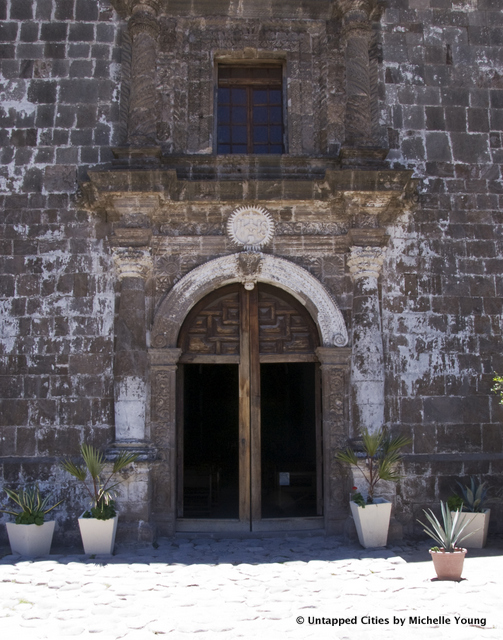
The interior of the mission which has a Moorish influence, where service is still held on Thursdays. The singer is believed to be the last Jesuit singer using an old Indian language.
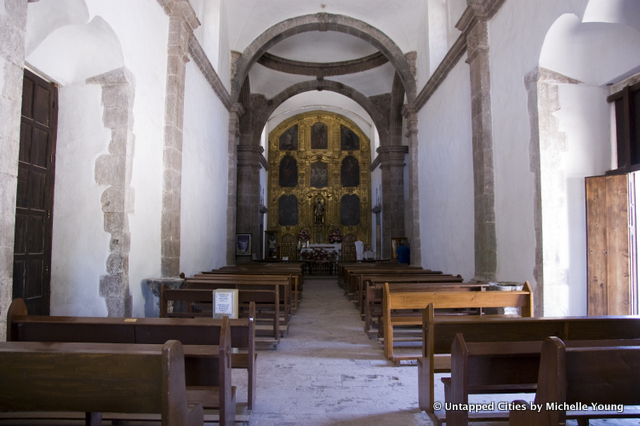
A small cemetery on the side of Mission San Javier:
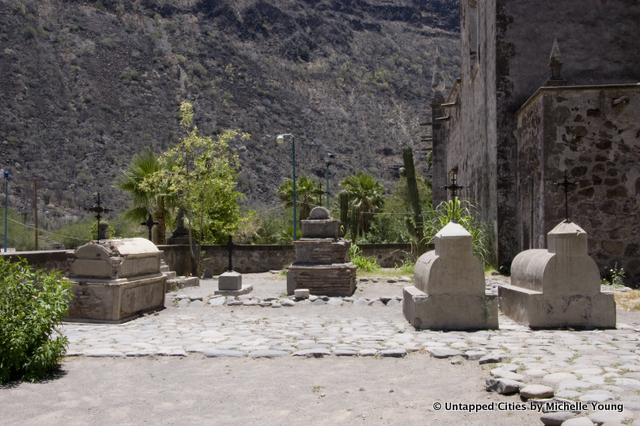
And some of the world’s oldest olive gardens are located behind the church, along with a small vineyard.
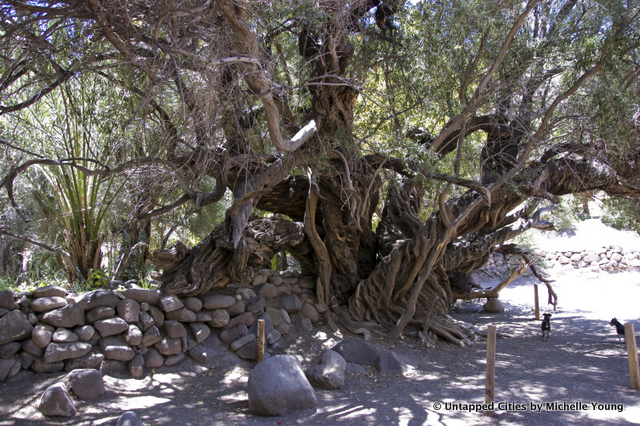
Where to Stay: Thankfully, the Loreto area is not overrun with resorts and hotels (hopefully it stays that way) and there’s a nice range of places to stay, depending on your budget and preferences. One of the latest is the all-inclusive Villa del Palmar Loreto which faces the incredible Bay of California and Loreto Bay National Park. Its targeted towards tasteful travelers, so you won’t see Spring Breakers or screaming children here.
Stay tuned for part two of this series on Baja California. Get in touch with the author @untappedmich.





